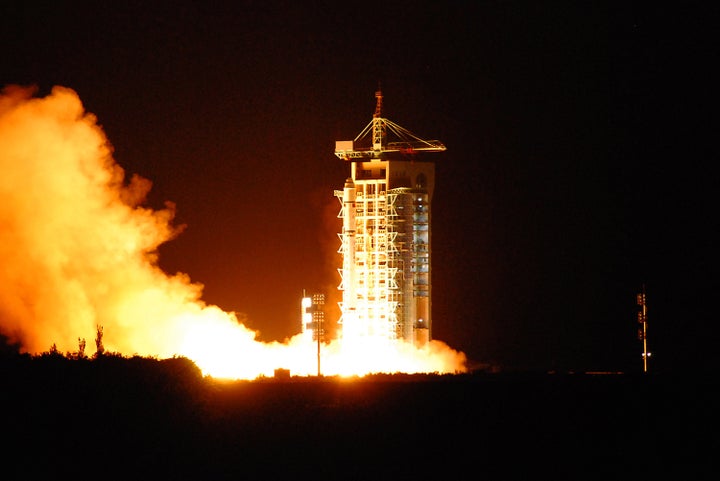China has successfully shown that its experimental ‘quantum satellite’ can send an encrypted message over potentially huge distances.
The satellite has the ability to send ‘unhackable’ messages by encrypting them using quantum mechanics.

It works by sending two entangled photons down to two different base stations thousands of miles apart.
By entangling the photons you bind them in a way that goes beyond conventional computing. The moment one of the photons is intercepted it fundamentally changes making it useless to any potential hackers.

It was initially thought that sending messages using this encryption would only be able to work over relatively short distances, however this latest test showed that they were able to broadcast the entangled photons to two separate base stations over 1,000km apart.
How does a quantum satellite work?
So what exactly is a quantum-enabled satellite? Well it contains a laser that transmits a pair of entangled photons - minuscule sub-atomic particles of light - down to two separate base stations.
One half of the pair goes to one base station, the other to the second. Now this is where things get a bit odd.
These photons suffer from something known as the ‘observer effect’, which means that the moment anyone tries to intercept them, their quantum state is immediately changed.
Effectively what you’re doing is sending two halves of the same key, each one can then be used to unlock a message. However if anyone but the intended recipient tries to see what the key looks like, it’s changes its shape, making it useless.
China launched the satellite in August 2016 and has been steadily increasing the scope of its experiments.
